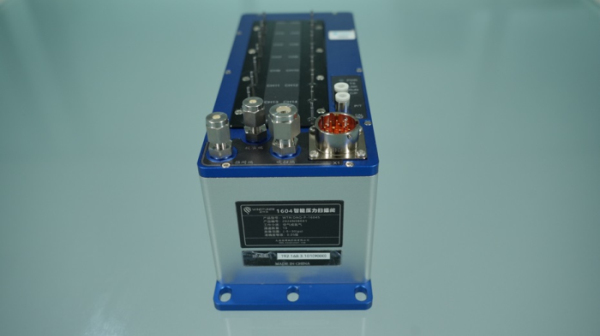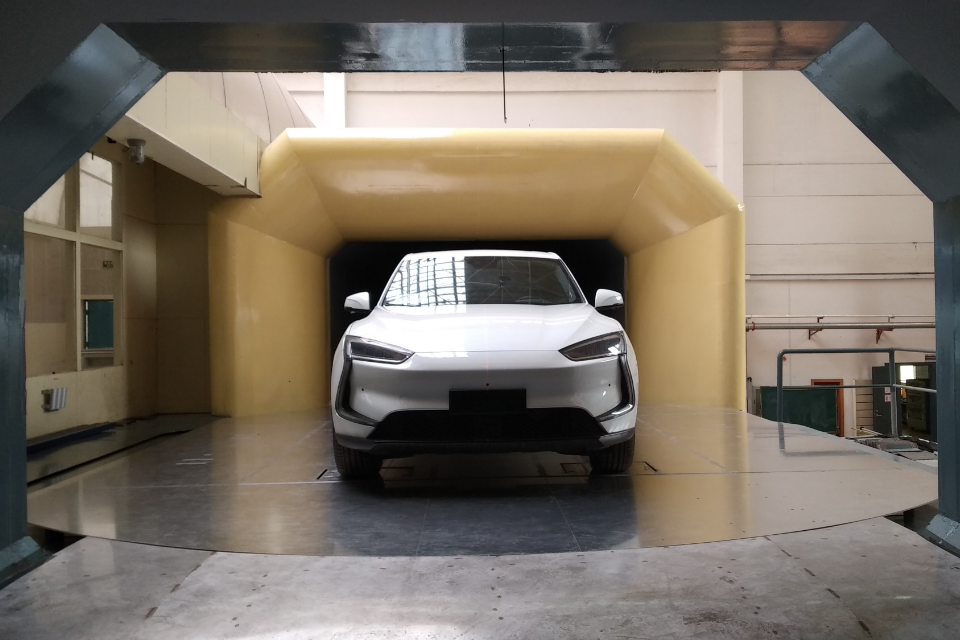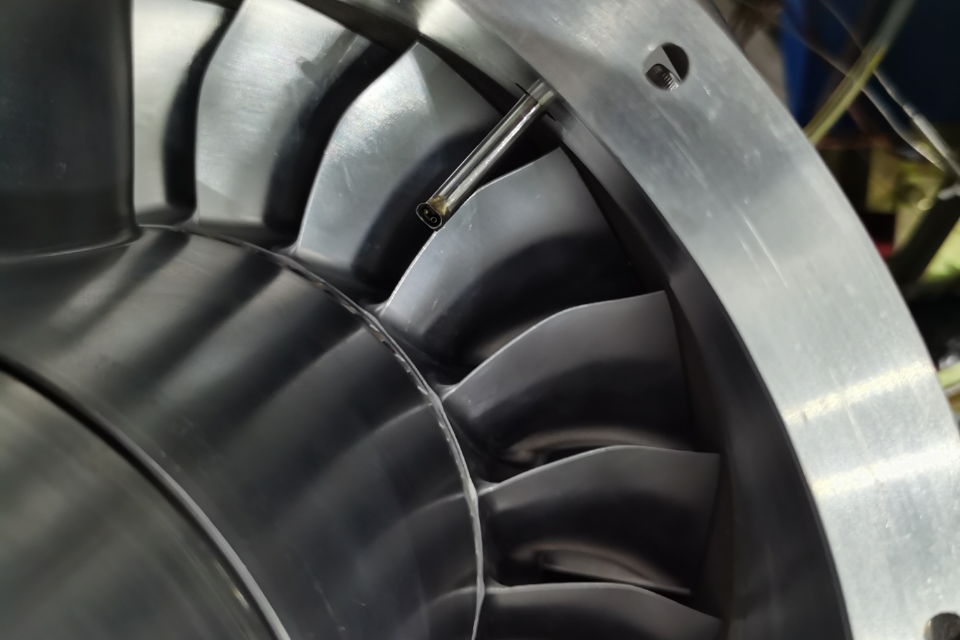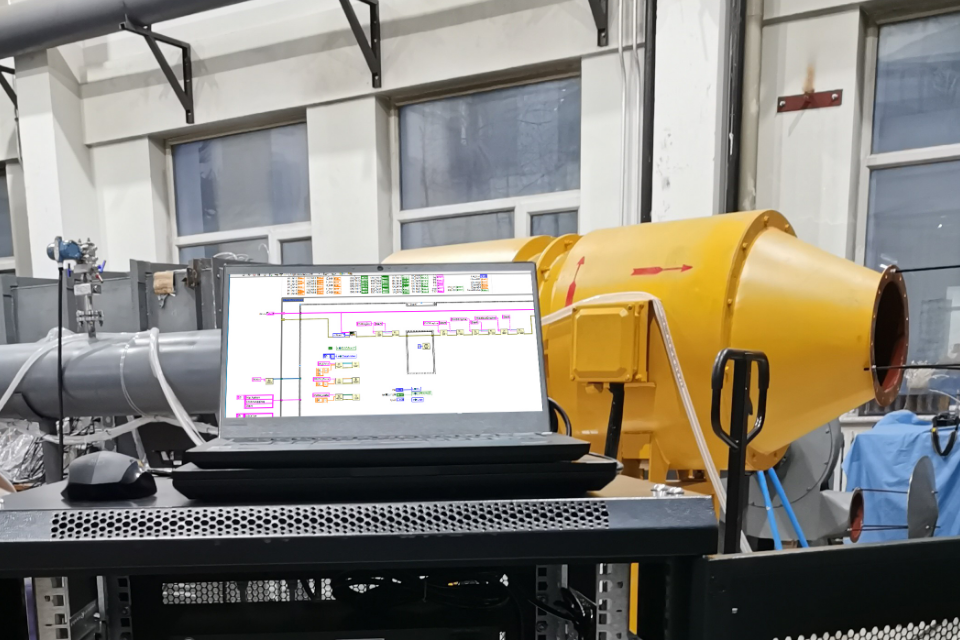Why do you need Ethernet pressure scanners in wind turbine R&D?
The power generation efficiency of wind turbine is closely related to the airflow state around its blades, engine room and tower. However, the change of wind is highly uncertain. During the rotation of the blade, it will continue to encounter problems such as turbulence, wind shear, and eddy current interference, which will affect the power output and structural stability.
If you want to "see clearly" these complex aerodynamic changes, you must rely on a high-precision multi-point synchronous pressure acquisition system. And that's where Ethernet pressure scanners excel.

Not only the sampling efficiency of the single point sensor is low, but also it is difficult to restore the dynamic characteristics of the whole fan flow field. Ethernet pressure scanners can simultaneously monitor air pressure changes in multiple key locations through multi-channel synchronous acquisition, including:
The pressure distribution of the leading edge and trailing edge of the blade, the wind pressure fluctuation around the main shaft of the wind wheel, and the change trend of the internal pressure of the engine room.
Through the measurement of Ethernet pressure scanners and the analysis of these pressure data, engineers can more scientifically judge the operating status and structural force of the wind turbine, and then optimize the blade design and control strategy to improve the overall power generation efficiency.
Windtuner Ethernet pressure scanners can give full play to their advantages in the research and development of wind power projects by virtue of their own advantages:
1. High-precision synchronous acquisition: the channel accuracy can reach ± 0.05% FS, supports 16-channelsynchronous pressure sampling, and requires real-time pressure monitoring at multiple key points of the wind wheel;
2. Flexible sampling: supports ≤ 500 Hz sampling, adapts to transient data acquisition under different wind conditions;
3. Strong remote communication capability: support TCP/IP protocol, data can be uploaded to wind power control system in real time for linkage analysis;
4. Customized air pressure plate protection structure: The air pressure plate structure can be customized according to the wind power site, and IP-level waterproof, dustproof, and salt spray protection can be installed to ensure operation stability.
















